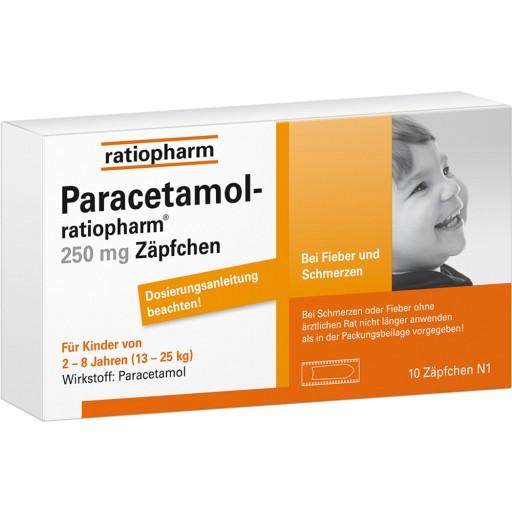Understanding Paracetamol: Uses, Risks, and Recommendations

Introduction
Paracetamol, also known as acetaminophen, is one of the most commonly used over-the-counter medications worldwide, primarily employed for pain relief and fever reduction. Its widespread availability and effectiveness have made it a staple in household medicine cabinets. Understanding the importance of paracetamol, along with its benefits and potential risks, is crucial for informed use, especially in the context of the ongoing global health challenges.
Key Uses of Paracetamol
Paracetamol is used to treat various conditions, including headaches, muscle aches, arthritis, backaches, toothaches, colds, and fevers. Unlike non-steroidal anti-inflammatory drugs (NSAIDs), paracetamol does not cause gastrointestinal irritation, making it a safer alternative for individuals with certain health concerns.
Recent Developments and Research
Recent studies have further illustrated the effectiveness of paracetamol in managing pain and fever. A study published in the Journal of Pain Research highlighted that paracetamol is effective for mild to moderate pain but may have limitations when treating severe pain conditions. Moreover, amidst the COVID-19 pandemic, paracetamol has been recommended as a primary treatment for fever management in infected individuals, underscoring its importance in global health protocols.
Safety and Recommendations
Despite its advantages, safety concerns around paracetamol use have emerged, particularly concerning dosage. The UK’s National Health Service (NHS) advises adults to adhere to a maximum of 4,000mg per day to avoid the risk of liver damage. It is crucial for individuals to check the labels of combination medications, as many cold and flu remedies also contain paracetamol, which can lead to unintentional overdosing.
Conclusion
In conclusion, paracetamol remains a cornerstone of pain management due to its accessibility and efficacy. However, as with any medication, it is vital for users to be aware of recommended dosages and potential risks, particularly for vulnerable populations such as children, the elderly, and those with liver conditions. As research continues, healthcare providers will need to emphasise the importance of safe use, ensuring that paracetamol remains not only effective but also a safe choice for millions globally.
